Unforgettable Cappadocia, Turkiye - If You Haven't Been There, You Haven't Seen The Main Thing In Turkey
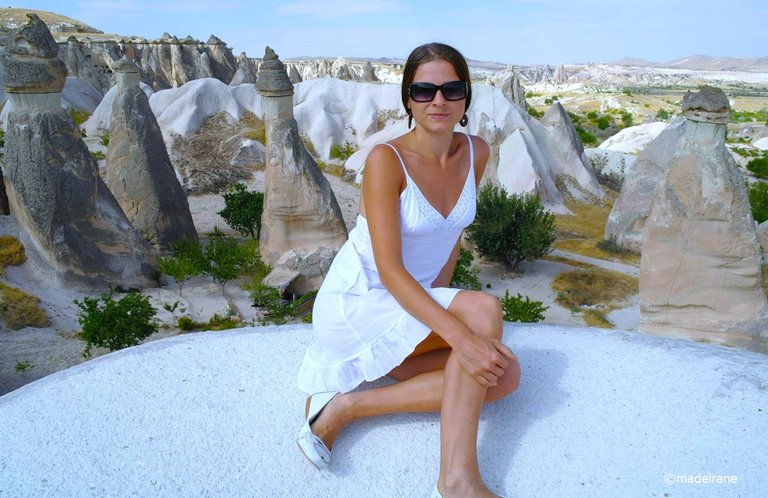
Cappadocia seems like such a fantastic place that sometimes you can't believe that you are on your home planet. Two or three days are enough only for a superficial inspection of this region. We went for two nights. Of course, we went alone, without our children. They stayed with the sister of my husband who, with her family, traveled with us to Alanya. This year we chose Turkey for our vacation precisely because we wanted to visit Cappadocia first and foremost.
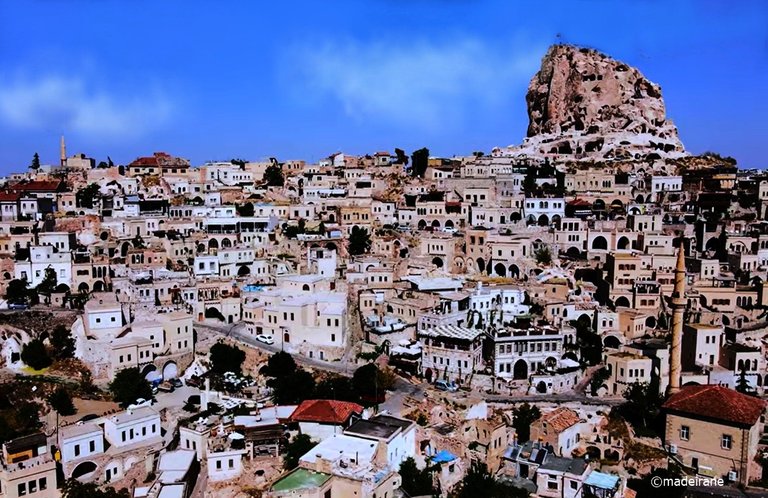
The road to Cappadocia is very picturesque. It is along this road that you can see the real Turkey. Mountain ranges are divided by deep valleys, cut by canyons. Every piece of fertile soil suitable for agriculture is cleared of stones and planted with various crops or used for pastures. Often, right in the middle of the field, you can see people praying. There were several cities on the way to Cappadocia. All of them are completely new, houses appeared literally recently and continue to be built. These small cities are so cozy, created for a calm, measured family life, in order to raise children here and spend free time with the family. Because they consist of residential buildings, schools, mosques and necessary shops. But not from the clutter of bars and discos. Cities in a wonderful climate, in ecologically clean places surrounded by greenery.
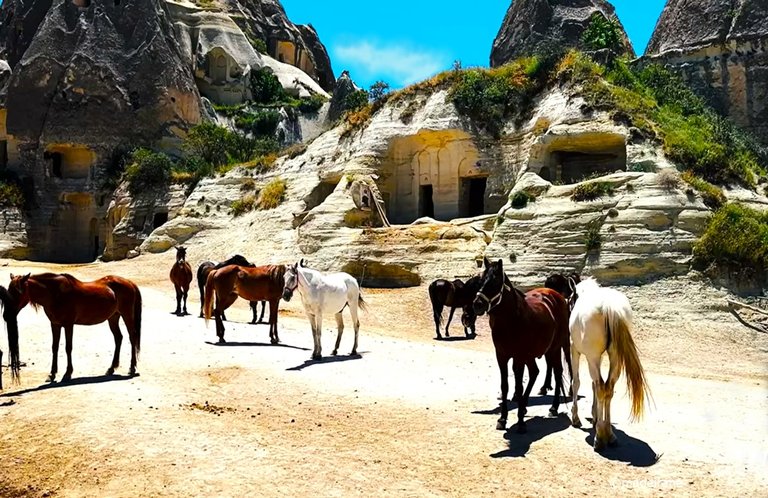
The name Cappadocia translates as the land of beautiful horses and is mentioned in ancient texts. Despite the fact that Cappadocia is located almost in the center of Turkey, many tourists who have traveled almost the entire coast of the country do not even know about it.
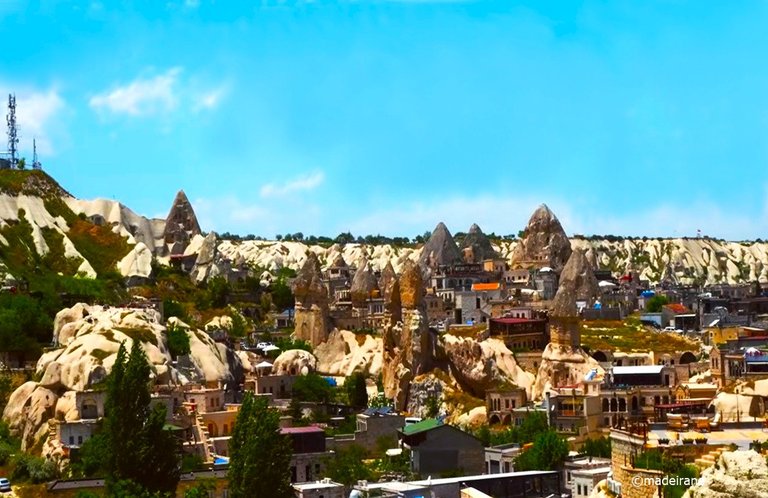
It was the unusual landscape that attracted us here, and only later did we learn that there are grandiose cave cities, and numerous cave churches and monasteries. So, firstly, about the landscape.
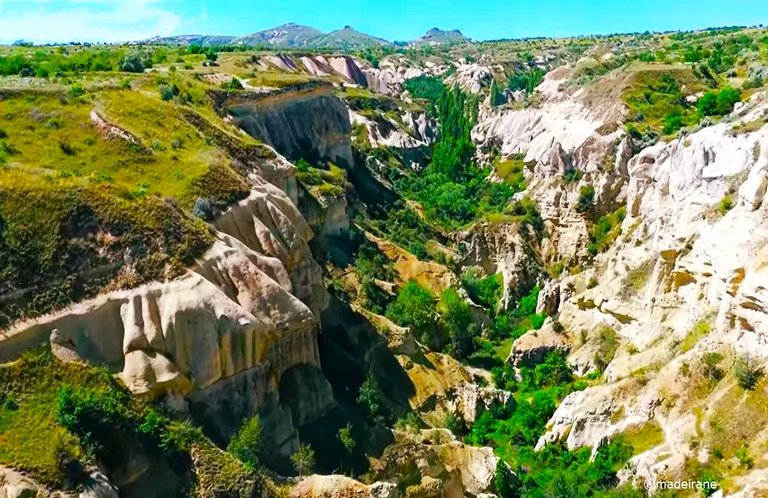
Its characteristic feature is the unusual stone pillars (the long and mysterious word is used here, which means "fairy fireplaces" in Turkish). The shapes of these giant figures are completely different, and the imagination plays with all its might. You can see anything! It is not surprising that people believed that fairies and gnomes live underground in Cappadocia.
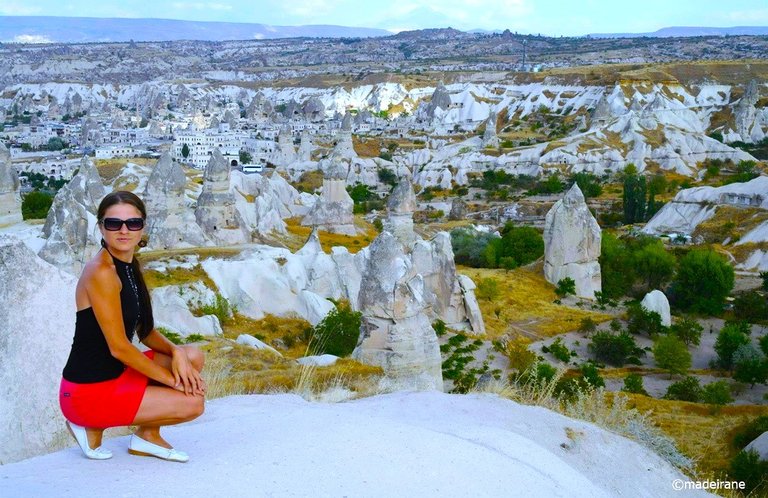
All this beauty was created as a result of the very active and violent activity of ancient volcanoes, combined with the impact forces of wind and water, as well as temperature changes. The whole process began 60 million years ago. From the tuff formed from volcanic rocks, the forces of nature really liked to carve amazing sculptures. This is a very soft rock that is easily weathered. That is, all of Cappadocia is a huge workshop of the sculptor-nature. The national park covers a rather large territory - more than 300 square kilometers.
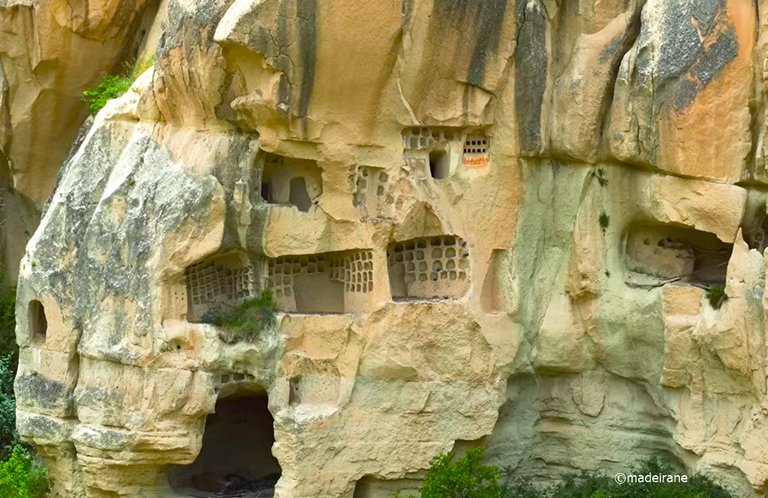
Cappadocia is famous not only by natural wonders, it also has a rich history. Even in the development of Christianity. After all, early Christians hid here from their persecutors, and it was Christians who built all these numerous cave temples.
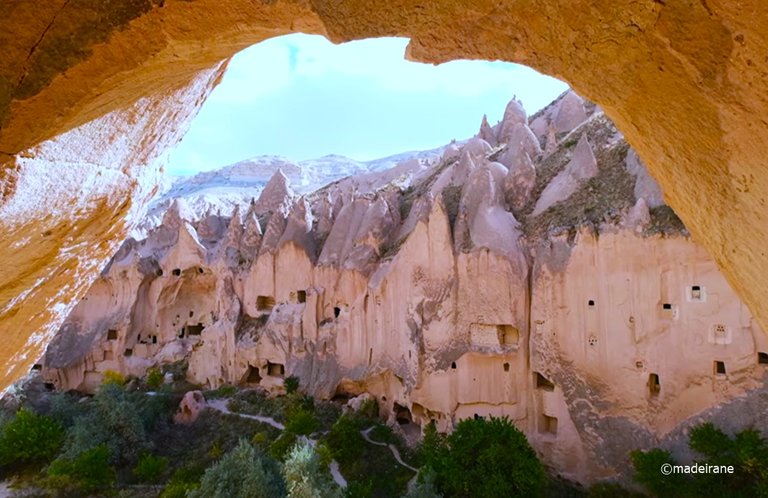
Firstly, some words about Goreme - the central town or even we can call it a village. There are many cave churches and an open-air museum with dozens of such temples and many mini-hotels in the town.

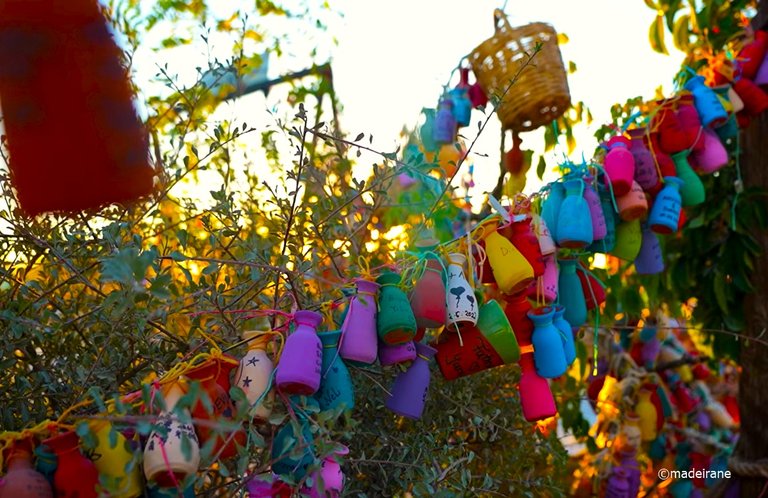
Rose valley. This valley is not named in honor of the prickly queens of bouquets, but in honor of the shade of the rocks. The color of the rock is really slightly pink.
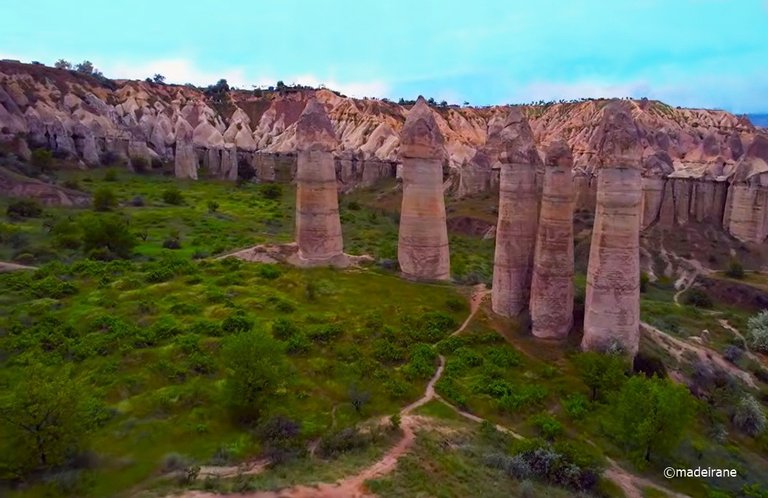
Red Valley. The name speaks for itself. Red Valley and Pink Valley are located next to each other, but the color of the rocks is really different (although here the lighting probably plays a role, and imagination)! What views there are! We all felt like we were in someone's fantasy.
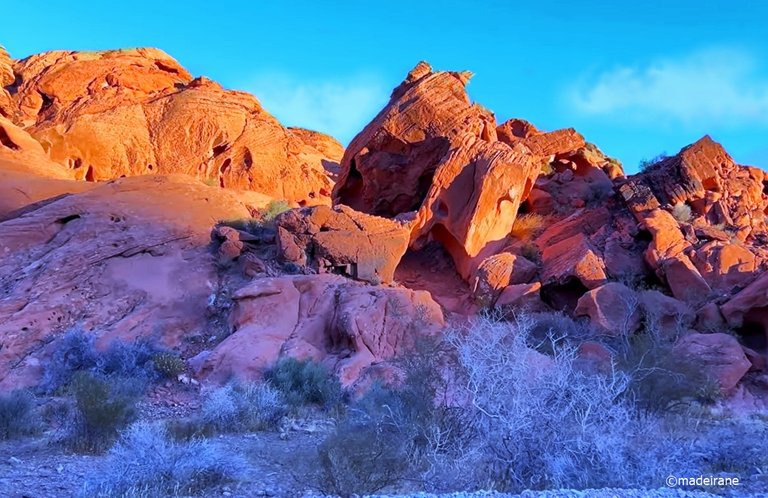
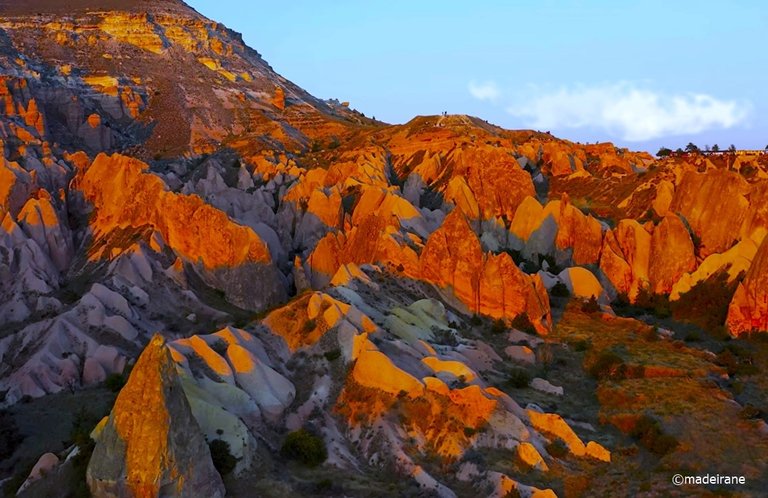
Valley of Love. Here we observed giant rock formations of a very, very specific shape. This is probably the most popular valley among visitors to Cappadocia!
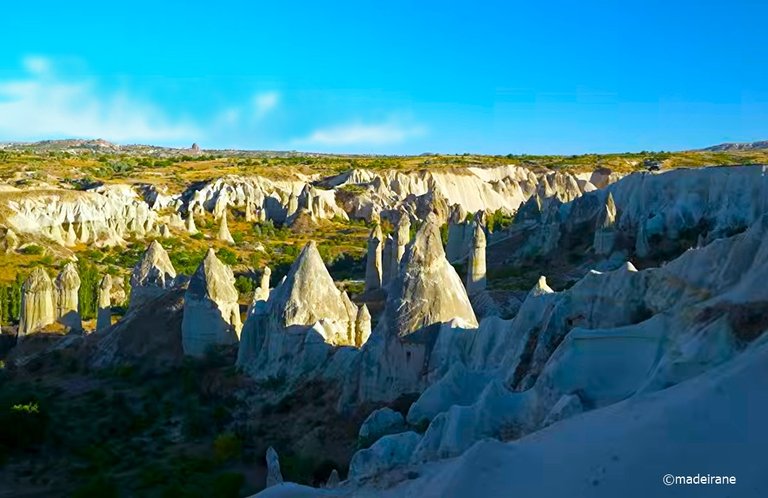
Ucsisar. Another small town in Cappadocia, which is famous for its Citadel - a 60-meter mountain, visible from afar. This mountain was converted into a fortress. Ad it was done by ancient inhabitants of Cappadocia.
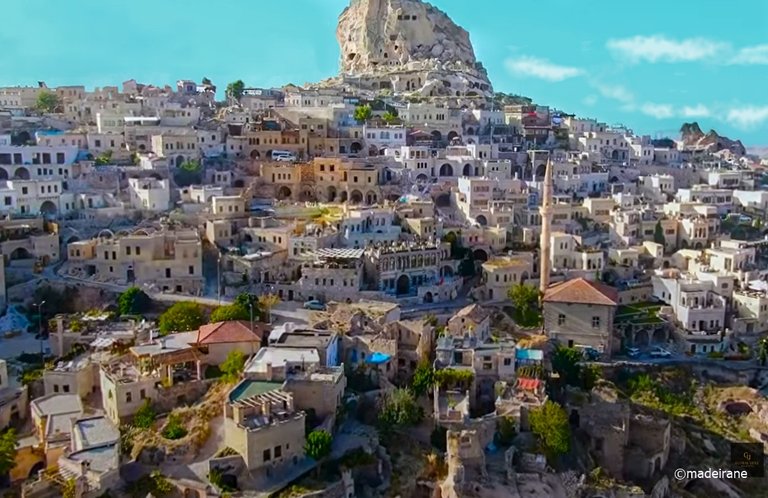
Underground cities. These are truly unique shelters! We visited one such city (the largest and most famous) - Derinkuyu. It is a series of caves that go down many levels, dug in soft volcanic rocks, where ancient inhabitants of the region hid (even before Christ) in hard times. This is how they escaped attacks by enemies and other misfortunes.
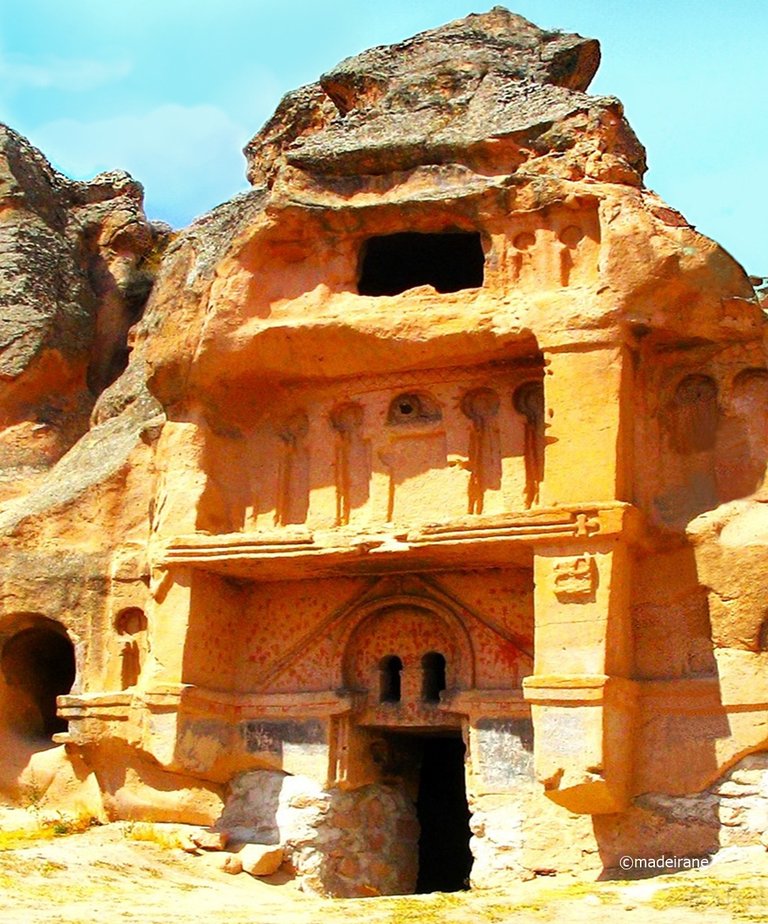
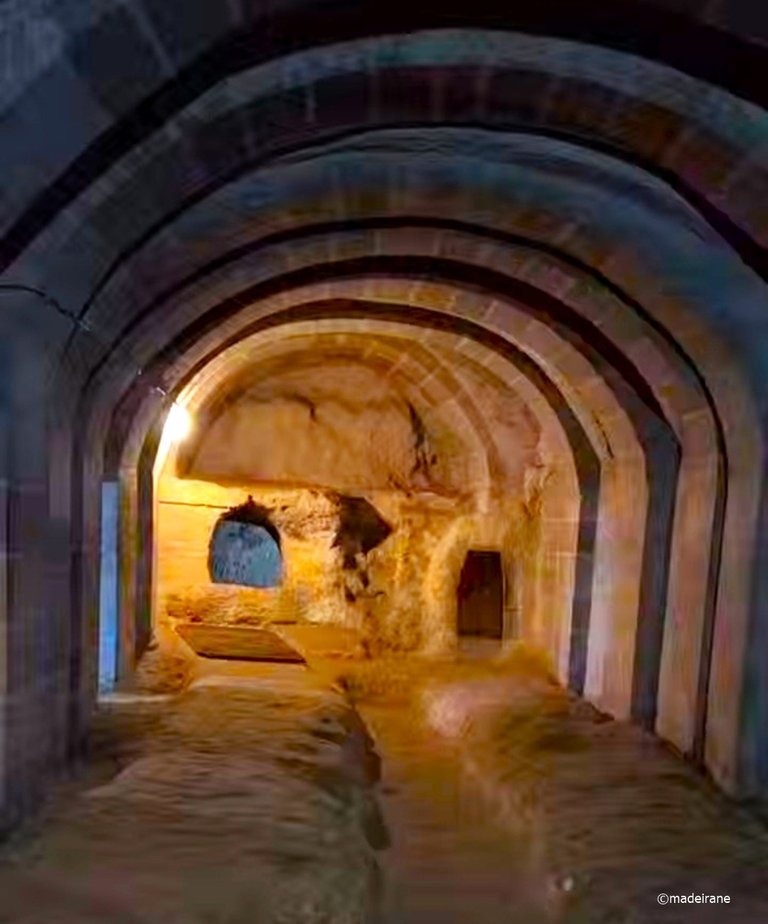
Directly in the cave city of Derinkuyu, almost 20 thousand people could be there at the same time, together with domestic animals. The depth reaches 60 meters, several underground floors! A huge number of halls, narrow and wide passages between them, stone stairs...
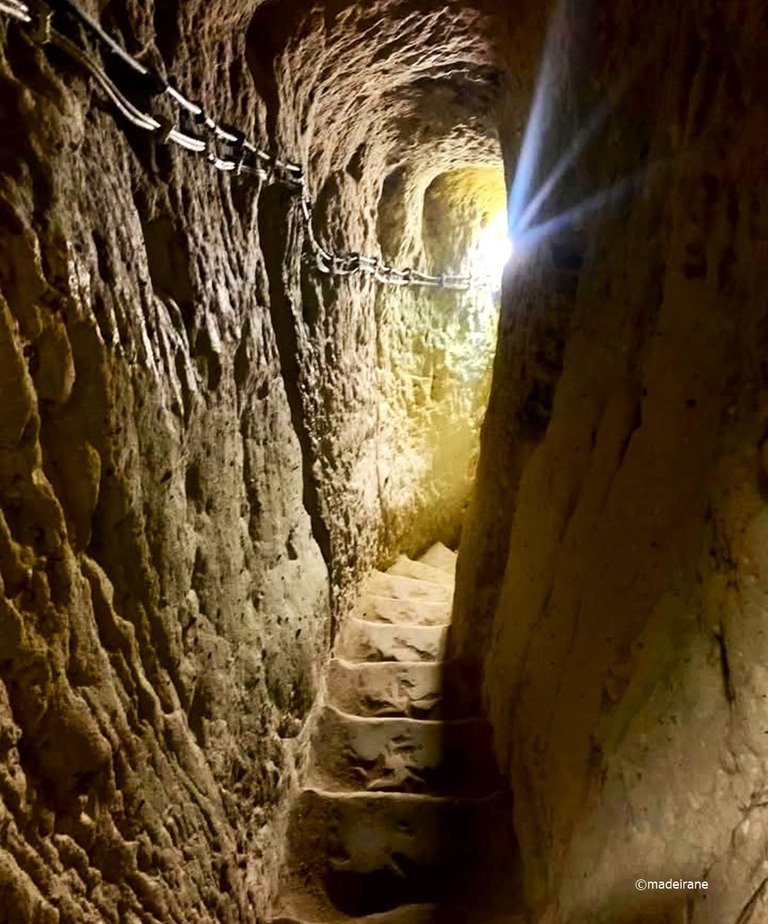
It turns out that this city was even connected by a multi-kilometer tunnel with another famous underground city of Cappadocia - Kaymakli. Personally, I had a mild case of claustrophobia in these caves. I really wanted to go to the surface, especially when a crowd of tourists followed us. But the inhabitants of the underground cities spent a huge amount of time there!
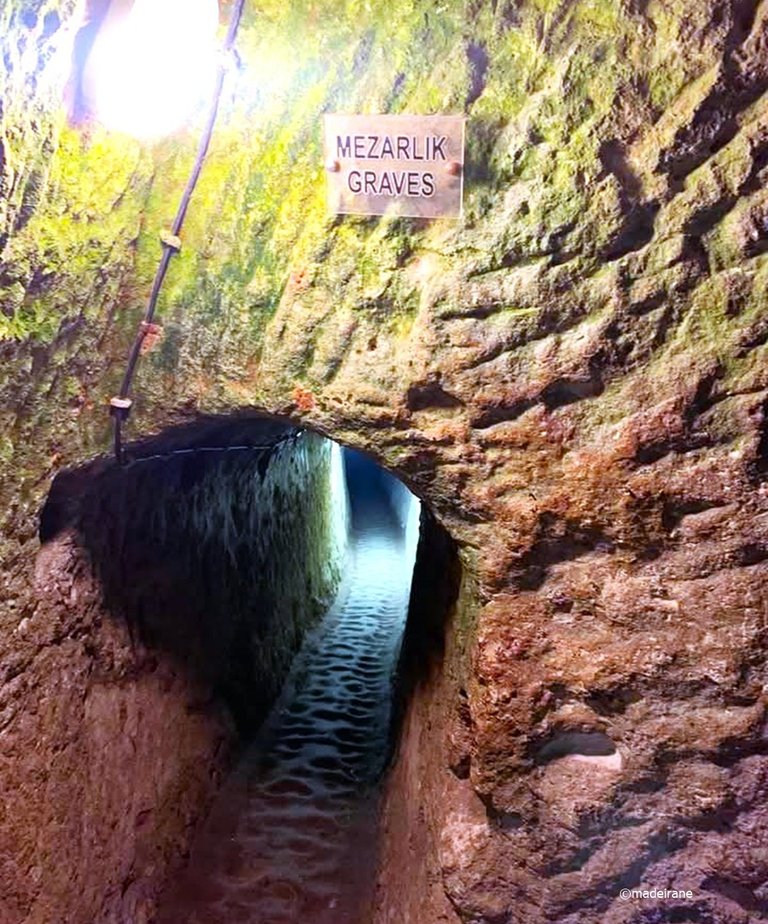
Pasabag Valley. One of the most beautiful places in Cappadocia, in my humble opinion. It is also called the Valley of Monks (there is also a Monastery Valley in Cappadocia - this is a completely different place). Very beautiful views open up from the observation trail. The walk along the Valley was short, but there were a lot of impressions!
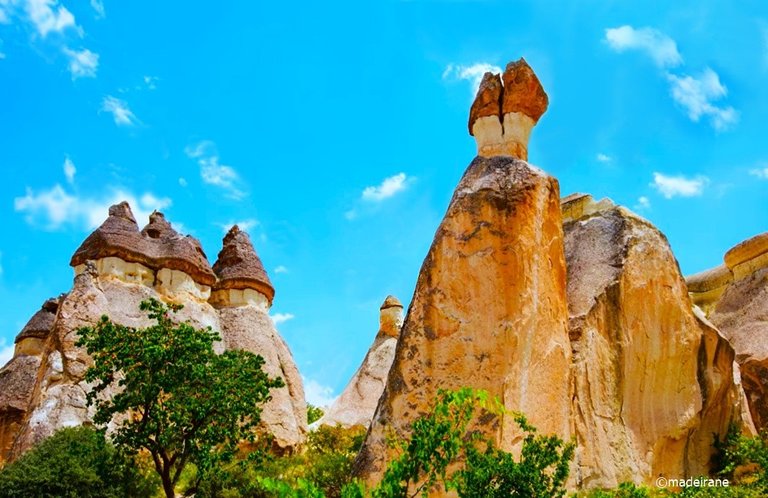
Here the stone mushrooms are of a different shape and the color of the rock, as it seemed to me, is lighter. The local stone giants are some kind of multi-headed. There are also cave churches in the Pasabag Valley. For example, the Church of St. Simeon. In Cappadocia, there are a huge number of ancient temples in general!
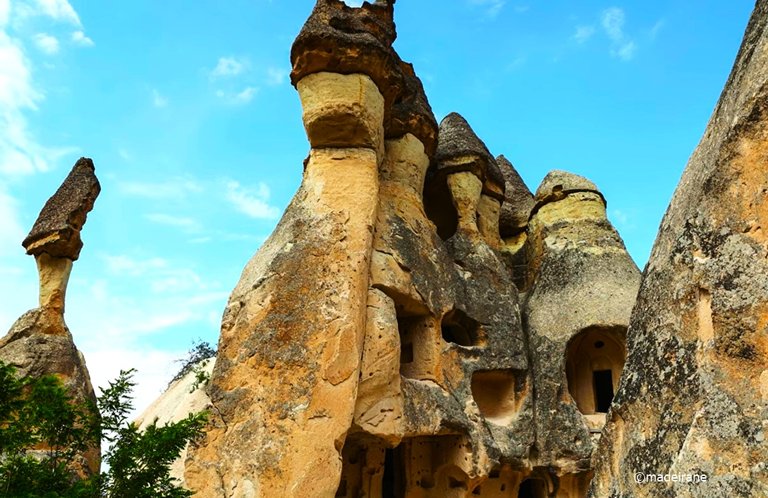
Pigeon Valley. And this valley is so named because numerous pigeons lived here (and still live here), numerous dovecotes were built in the rocks.
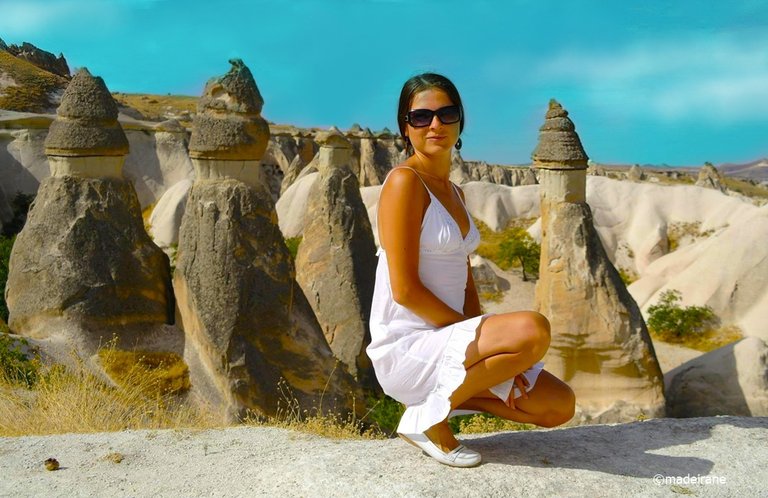
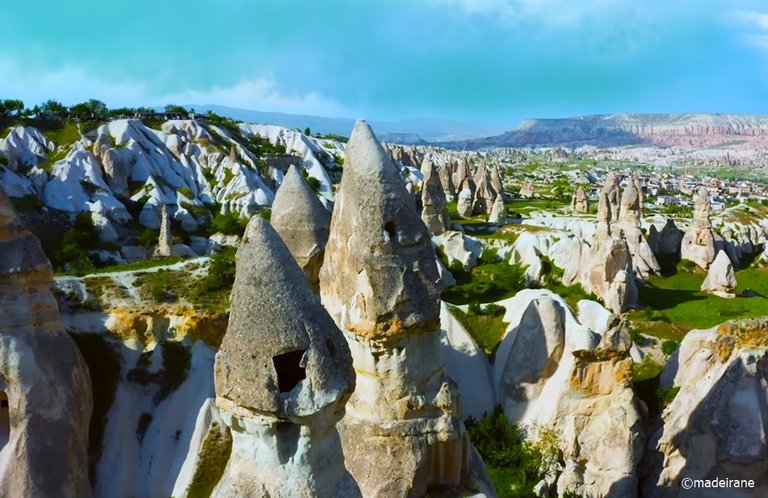
Ihlara Canyon. This valley is completely different from the others, the landscapes are completely different here. Maybe not so unusual, but beautiful. I especially liked the view of this canyon from the observation deck. Walking along the bottom of the canyon (along a small river) along a tourist trail was also interesting. The canyon cliffs reach a height of more than 100 meters. Along the way there are several ancient temples. Of course, cave temples.
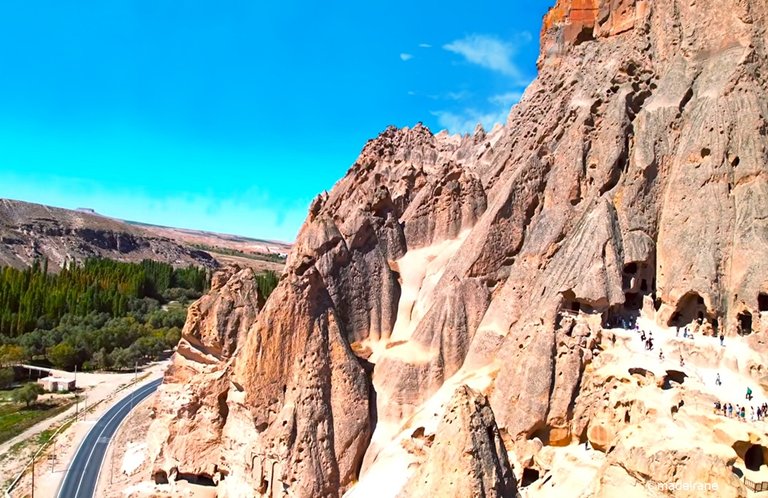
We decided to cement the wonders we had seen in our memory with a hot air balloon flight. In Cappadocia, this is a very popular entertainment area, a kind of tourist magnet. Every morning you can watch a whole show - numerous bright hot air balloons with baskets of tourists of all nationalities rise into the sky.
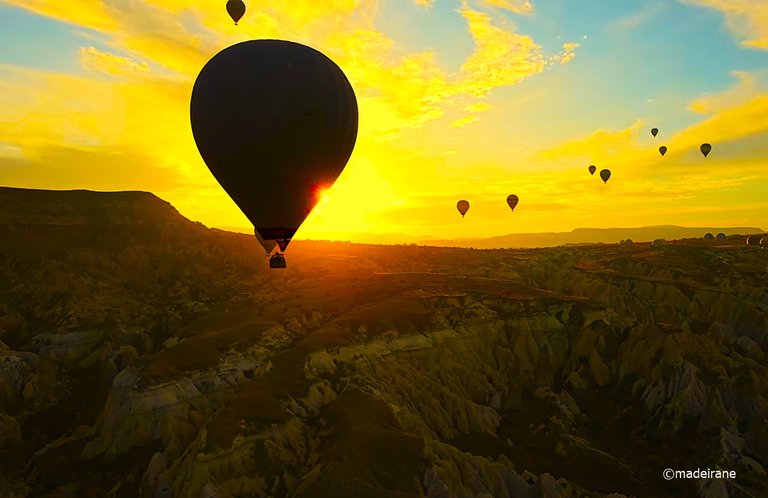
I flew in a hot air balloon for the first time in my life, and, of course, the impressions during the flight were simply off the charts. Mainly from the opening picture, since you can’t surprise me with just the heights. The flight itself is interesting, of course, but the area that the gaze took in the gentle rays of the rising sun was simply amazing! And dozens of other colored balloons that "furrowed the sky" over Cappadocia at the same time as ours added an unprecedented spectacle to the picture.
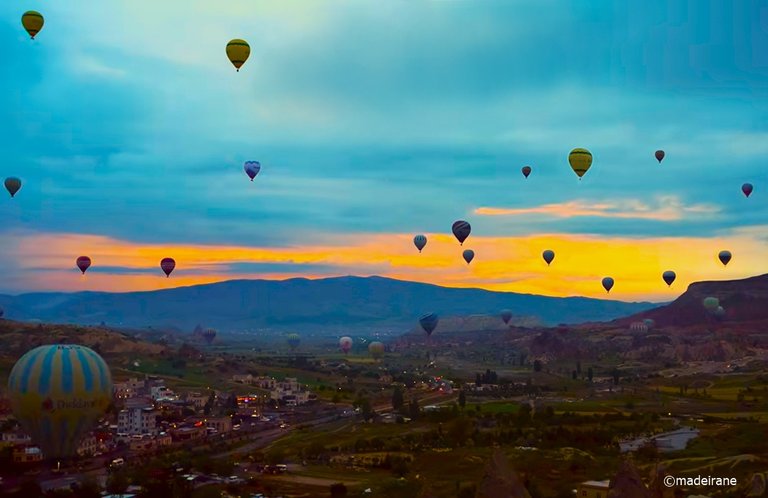
There are a lot of companies and firms offering hot air balloon rides in Cappadocia. Before the flight, we were generously treated to coffee and buns (to cheer us up in the morning, I guess - after all, we were flying out early, hoping to catch the first rays of the dawn sun), and afterward we were treated to a glass of champagne.
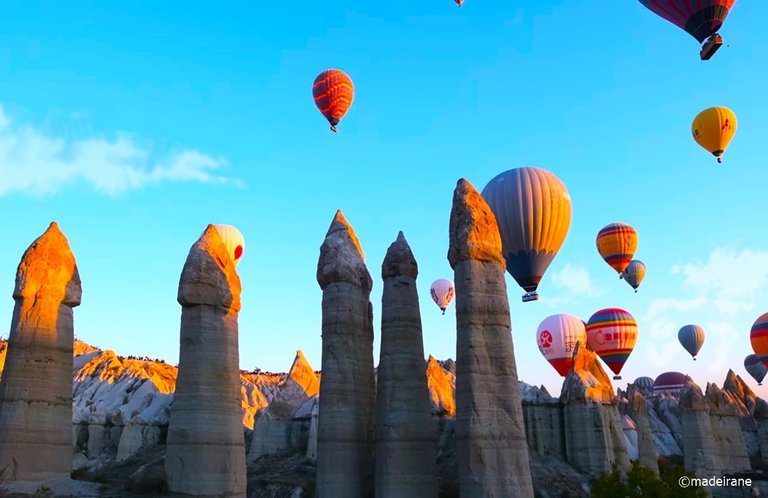
I am very glad that my first hot air balloon flight took place in such an amazing Cappadocia! I will never forget these feelings and this alien panorama.
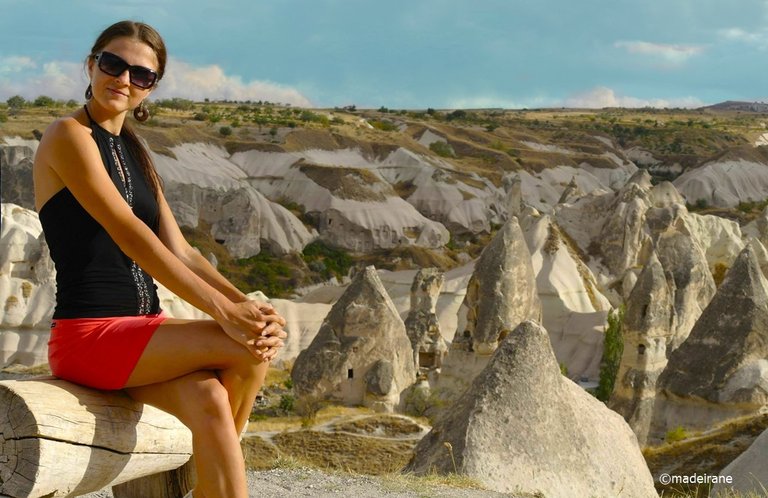
💝💝💝💝💝💝💝💝💝💝
With love @madeirane
Photos are taken by me.
© 2025
Translated from Lithuanian with DeepL.com (free version)
Kapadokija atrodo tokia fantastiška vieta, kad kartais negali patikėti, jog esi savo gimtojoje planetoje. Dviejų ar trijų dienų užtenka tik paviršutiniškai apžiūrėti šį regioną. Mes vykome dviem naktims. Žinoma, važiavome vieni, be savo vaikų. Jie liko su mano vyro seserimi, kuri su šeima keliavo kartu su mumis į Alaniją. Šiais metais Turkiją savo atostogoms pasirinkome būtent todėl, kad pirmiausia norėjome aplankyti Kapadokiją.
Kelias į Kapadokiją labai vaizdingas. Šiame kelyje galima pamatyti tikrąją Turkiją. Kalnų grandines skiria gilūs slėniai, kuriuos kerta kanjonai. Kiekvienas derlingos žemės, tinkamos žemdirbystei, gabalėlis išvalytas nuo akmenų ir apsodintas įvairiais augalais arba naudojamas ganykloms. Dažnai pačiame lauko viduryje galima pamatyti besimeldžiančius žmones. Pakeliui į Kapadokiją buvo keli miestai. Visi jie visiškai nauji, namai atsirado tiesiog neseniai ir toliau statomi. Šie nedideli miesteliai tokie jaukūs, sukurti ramiam, pamatuotam šeimyniniam gyvenimui, kad čia būtų galima auginti vaikus ir leisti laisvalaikį su šeima. Mat juos sudaro gyvenamieji namai, mokyklos, mečetės ir būtiniausios parduotuvės. Bet ne iš barų ir diskotekų grūsties. Miestai nuostabaus klimato, ekologiškai švariose vietose, apsupti žalumos.
Kapadokijos pavadinimas verčiamas kaip gražiųjų žirgų kraštas ir minimas senovės tekstuose. Nepaisant to, kad Kapadokija yra beveik Turkijos centre, daugelis turistų, apkeliavusių beveik visą šalies pakrantę, apie ją net nežino.
Mus čia patraukė neįprastas kraštovaizdis, ir tik vėliau sužinojome, kad čia yra grandiozinių urvinių miestų, daugybė urvinių bažnyčių ir vienuolynų. Taigi, pirmiausia apie kraštovaizdį.
Jam būdingi neįprasti akmeniniai stulpai (čia vartojamas ilgas ir paslaptingas žodis, turkiškai reiškiantis „pasakų židiniai“). Šių milžiniškų figūrų formos yra visiškai skirtingos, ir vaizduotė žaidžia visomis išgalėmis. Galima pamatyti bet ką! Nenuostabu, kad žmonės tikėjo, jog Kapadokijoje po žeme gyvena fėjos ir nykštukai.
Visas šis grožis atsirado dėl labai aktyvios ir audringos senovinių ugnikalnių veiklos, kurią lydėjo vėjo ir vandens poveikio jėgos bei temperatūros pokyčiai. Visas šis procesas prasidėjo prieš 60 milijonų metų. Iš tufo, susidariusio iš vulkaninių uolienų, gamtos jėgos išties pamėgo drožti nuostabias skulptūras. Tai labai minkšta uoliena, kuri lengvai suyra. Tai reiškia, kad visa Kapadokija yra didžiulė gamtos skulptoriaus dirbtuvė. Nacionalinis parkas užima gana didelę teritoriją - daugiau kaip 300 kvadratinių kilometrų.
Kapadokija garsėja ne tik gamtos stebuklais, bet ir turtinga istorija. Netgi krikščionybės raida. Juk ankstyvieji krikščionys čia slėpėsi nuo persekiotojų ir būtent krikščionys pastatė visas šias gausias olų šventyklas.
Pirmiausia keletas žodžių apie Goremę - centrinį miestą ar net galime jį vadinti kaimu. Miestelyje yra daug urvinių bažnyčių, muziejus po atviru dangumi su dešimtimis tokių šventyklų ir daug mini viešbučių.
Rožių slėnis. Šis slėnis pavadintas ne dygliuotų puokščių karalienių, o uolų šešėlio garbei. Uolų spalva iš tiesų yra šiek tiek rausva.
Raudonasis slėnis. Pavadinimas kalba pats už save. Raudonasis ir Rausvasis slėniai yra vienas šalia kito, tačiau uolų spalva tikrai skiriasi (nors čia tikriausiai svarbų vaidmenį atlieka ir apšvietimas, ir vaizduotė)! Kokie čia atsiveria vaizdai! Visi pasijutome tarsi kažkieno fantazijoje.
Čavušinas. Aplankę Rožinį ir Raudonąjį slėnius, nuvykome į Čavušino kaimą, kuris iš karto patraukė dėmesį savo būdinga uola skylėmis.
Meilės slėnis. Čia stebėjome milžiniškus labai, labai specifinės formos uolų darinius. Tai bene populiariausias slėnis tarp Kapadokijos lankytojų!
Požeminiai miestai. Tai išties unikalios slėptuvės! Vieną tokių miestų - Derinkuyu - aplankėme ir mes. Tai daugybe lygių žemyn nusidriekusių urvų, iškastų minkštose vulkaninėse uolienose, kuriuose senieji regiono gyventojai slėpdavosi (dar prieš Kristų) sunkiais laikais. Taip jie išvengdavo priešų antpuolių ir kitų nelaimių. Tiesiogiai Derinkuyu urviniame mieste kartu su naminiais gyvuliais vienu metu galėjo būti beveik 20 tūkst. žmonių. Gylis siekia 60 metrų, keli požeminiai aukštai! Daugybė salių, siaurų ir plačių praėjimų tarp jų, akmeniniai laiptai...
Pasirodo, šis miestas net keliais kilometrais tunelio buvo sujungtas su kitu žymiu Kapadokijos požeminiu miestu - Kaymakliu. Asmeniškai man šiuose urvuose pasireiškė lengva klaustrofobija. Labai norėjau išeiti į paviršių, ypač kai paskui mus ėjo minia turistų. Tačiau požeminių miestų gyventojai juose praleido labai daug laiko!
Pasabagų slėnis. Mano kuklia nuomone, viena gražiausių Kapadokijos vietų. Jis dar vadinamas vienuolių slėniu (Kapadokijoje yra ir vienuolynų slėnis - tai visai kita vieta). Labai gražūs vaizdai atsiveria nuo apžvalgos tako. Pasivaikščiojimas po slėnį buvo trumpas, bet įspūdžių liko daug!
Čia akmeniniai grybai yra kitokios formos, o uolų spalva, kaip man atrodė, šviesesnė. Vietiniai akmeniniai milžinai yra kažkokie daugiagalviai. Pasabago slėnyje yra ir urvinių bažnyčių. Pavyzdžiui, Simeono bažnyčia. Kapadokijoje apskritai yra labai daug senovinių šventyklų!
Balandžių slėnis. O šis slėnis taip pavadintas todėl, kad čia gyveno (ir tebegyvena) daugybė balandžių, uolose buvo pastatyta daugybė balandinių.
Ihlaros kanjonas. Šis slėnis visiškai kitoks nei kiti, kraštovaizdis čia visiškai kitoks. Gal ne tokie neįprasti, bet gražūs. Man ypač patiko šio kanjono vaizdas iš apžvalgos aikštelės. Įdomus buvo ir pasivaikščiojimas turistiniu taku kanjono dugnu (palei nedidelę upę). Kanjono uolos siekia daugiau nei 100 metrų aukštį. Pakeliui yra kelios senovinės šventyklos. Žinoma, urvinių šventyklų.
Pamatytus stebuklus nusprendėme įtvirtinti atmintyje skrydžiu oro balionu. Kapadokijoje tai labai populiari pramogų vieta, savotiškas turistų magnetas. Kiekvieną rytą galima stebėti ištisą šou - į dangų kyla daugybė ryškių karšto oro balionų su krepšiais įvairių tautybių turistų.
Pirmą kartą gyvenime skridau karšto oro balionu ir, žinoma, skrydžio metu patirti įspūdžiai buvo tiesiog nepakartojami. Pats skrydis, žinoma, įdomus, bet plotas, kurį žvilgsnis užėmė švelniuose kylančios saulės spinduliuose, buvo tiesiog nuostabus! O dešimtys kitų spalvotų balionų, kurie tuo pačiu metu kaip ir mūsų plaukiojo danguje virš Kapadokijos, papildė vaizdą dar neregėtu reginiu.
Kapadokijoje yra daug įmonių ir firmų, siūlančių skrydžius oro balionu. Prieš skrydį buvome dosniai vaišinami kava ir bandelėmis (matyt, tam, kad pralinksmintume ryte - juk išskridome anksti, tikėdamiesi pagauti pirmuosius aušros saulės spindulius), o po skrydžio buvome vaišinami taure šampano.
Labai džiaugiuosi, kad mano pirmasis skrydis oro balionu įvyko tokioje nuostabioje Kapadokijoje! Niekada nepamiršiu šių jausmų ir šios svetimos panoramos.
You can check out this post and your own profile on the map. Be part of the Worldmappin Community and join our Discord Channel to get in touch with other travelers, ask questions or just be updated on our latest features.
Lovely pictures! I heard of Cappadocia but didn't know it was in Turkey.
Espectaculares los lugares, las vistas, los ángulos de las fotografías.
WOW, maravilloso .
Agradezco la oportunidad maravillosa que ofreces de conocer una región tan pintoresca y singular, con sus raíces tanta historia pero sin renunciar a la modernidad. Las imágenes de los paisajes te explotan los sentidos. 💯
Thank you.
Really cool photos. I was just teaching a class on Turkey and the ancient underground cities they have found. So many hidden mysteries in that part of the world. Thank you for sharing.
Yes, Turkey has many interesting mysterious places with rich history. Thanks.
Wow! The place is amazing! The blend of stunning natural formations and rich history is truly unique. 🤗
Yes, it is an amazing place.
Thanks for sharing!💕
You look like a super model in the picture.Im wondering if maybe some of the captures are from drone or DSLR as it is captured from the top amazingly taking pictures
Super model. Thanks. I am not, I am just an ordinary girl in my country. Yes, we have a drone too, my husband sometimes like to play with it.